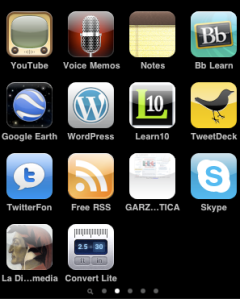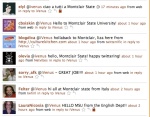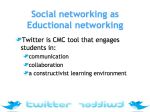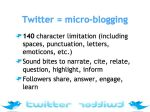lurking around many social media sites, i’ve sat passively for many many months listening and reading. Now I find myself compelled to share because one of the greatest lessons I’ve taken from my hiatus is that we share because the medium allows this quite easily. Yet much of what is shared forgets that there are best practices that help engage students, achieve objectives and develop learning (a constructivist approach).
I propose therefore a need for all media, print and internet, electronic and social, to embrace once again best practices . For language learning, let’s integrate authentic materials, realia but let’s not rely on translation or rote memorization activities. Let’s engage our students to think critically and take ownership of their learning. With all forms of authentic materials, general strategies to planning good lesson are only 3! Start with
- prepration (pre-reading; pre-listening; pre-viewing); then
- presentation (reading, listening, viewing and post-reading, -listening, -viewing) ;and finally
- expansion (beyond post-reading, listening, viewing)
Why use these 3 components? So that learning does not happen in a vacuum. Teach culture (practices, products, perspectives) while focusing on vocabulary building and language structures. Language and culture are inexorably linked so teach that way!
On January 21, the Ministero per lo Sviluppo Economico released an effective promotional video entitled Italy: The Extraordinary Commonplace https://www.youtube.com/watch?v=LaXqHU32bm4
Traditionally, a video like this is shown to students, then teachers [triy to] solicit comments or feedback from students (think about the concept of pulling teeth!).
Instead, using best practices, teachers can skillfully guide students to learning from the video: let’s prepare them BEFORE watching the video using their personal knowledge and experiences; let’s show them the video and have them observe certain details (the goals of the lesson) and have them apply the new knowledge acquired from the video; and finally let’s have them complete an expansion activity that has them engage in a level-appropriate activity that reflects a certain cognitive level of learning (remember Bloom’s taxonomy).
Here’s my lesson (PDF) for an intermediate level of Italian using this video. For one section of this course, it was a face-to-face activity; modified, it was also an online asynchronous assignment (a snow-day activity). Feel free to share your thoughts here or elsewhere (my social media pals 🙂 )
P.S. Please respect the creative commons license!










